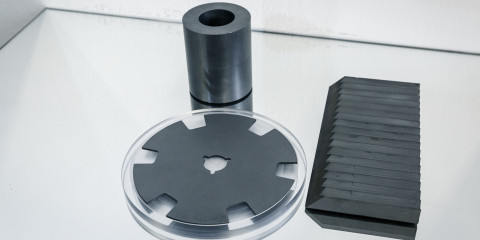Various applications call for special properties
The history of the development of high-performance materials in high temperature applications is mostly associated with the history of aerospace engineering, especially the development of turbine engines for aircraft propulsion and power generation. The development of advanced propulsion systems has always needed high-temperature materials with higher strength and better oxidation resistance.
Types of high temperature materials
Materials for specific high temperature application are typically selected based on the environment in which they will operate. High temperatures are generated in a variety of applications and the degradation of material performance at high temperatures must be considered. Generally, there are three main groups of materials able to withstand high temperatures: high-temperature metals, ceramics including UHTCs, and high-temperature composites
Ultra-high-temperature ceramics (UHTCs) is referred to as class of ceramic materials with melting temperatures of over 3000° C which are used in environments that require strength as well as environmental resistance to erosion and ablation at extremely high temperatures.
UHTC - Ultra High Temperature Ceramics
Although several beneficial effects of Y2O3 addition mainly on densification and mechanical properties have been documented, oxidation performance of Y2O3-dopped material was inferior in comparison to basic ZrB2-SiC composite. Besides oxides, rare earth elements forming other compounds can be considered for high-temperature applications.
Ceramics encompass a very wide range of refractory materials that make a universal definition difficult. In general, ceramics can be defined as inorganic, non-metallic material made from metallic and non-metallic compounds. The structure can be crystalline, partly crystalline, or amorphous (glasses).











